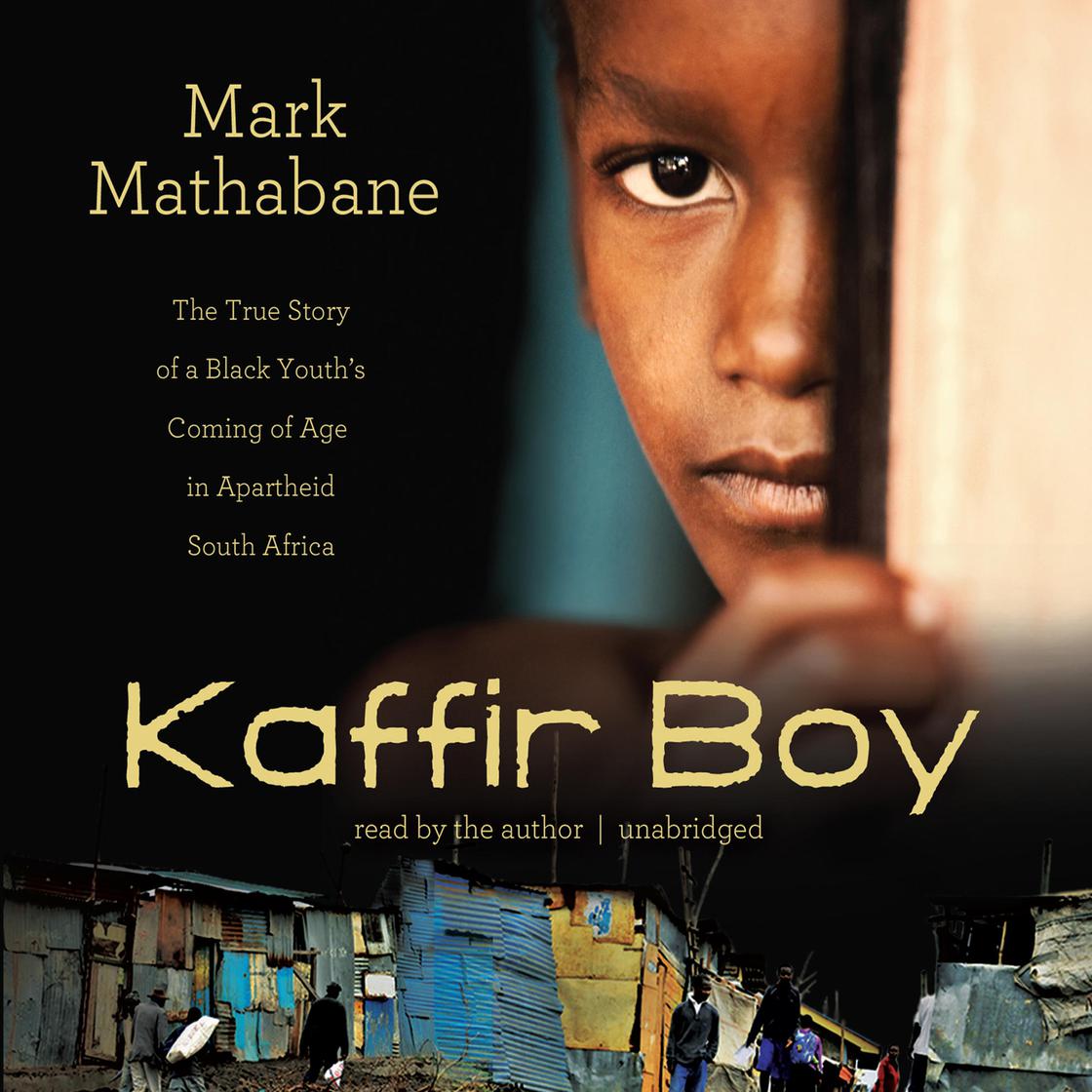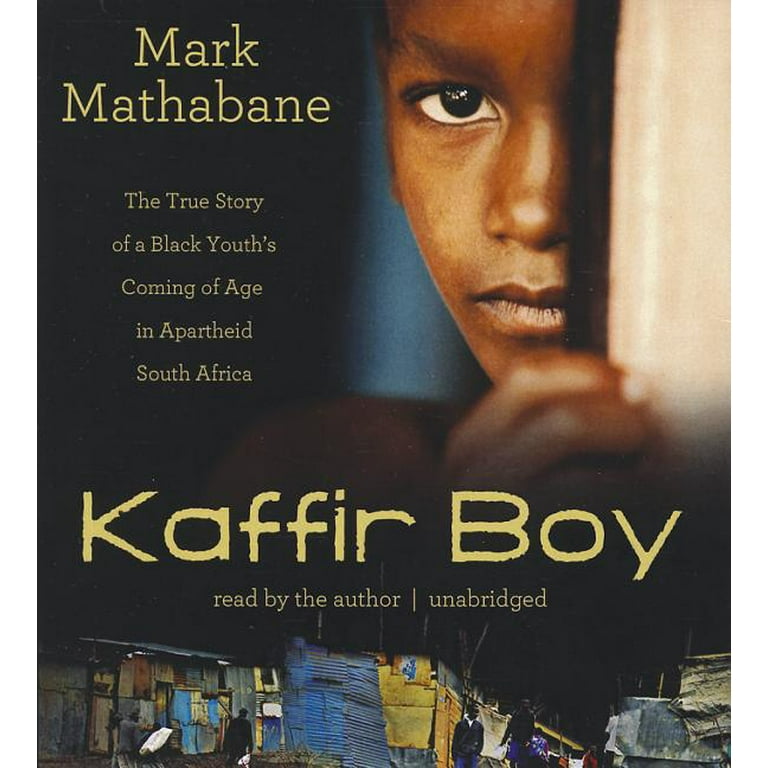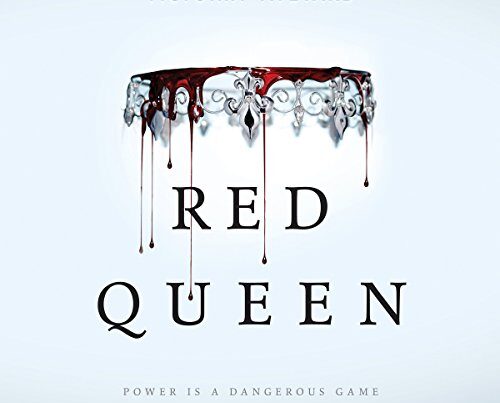Mark Mathabane’s “Kaffir Boy” audiobook narrates his harrowing experiences growing up in apartheid South Africa. It highlights his journey to overcome adversity through education and sports.
“Kaffir Boy” by Mark Mathabane is a gripping autobiography set in apartheid-era South Africa. It chronicles Mathabane’s life from his childhood in the Alexandra ghetto to his eventual escape to the United States. The book vividly portrays the brutal realities of apartheid and the indomitable human spirit.
Mathabane’s story is both inspiring and heart-wrenching, showcasing the power of education and resilience. As an audiobook, it brings his compelling narrative to life, allowing listeners to immerse themselves in his powerful journey. This story not only educates but also motivates individuals to fight against injustice and pursue their dreams.
Introduction To ‘kaffir Boy’
‘Kaffir Boy’ is a powerful memoir by Mark Mathabane. The book captures his childhood in apartheid-era South Africa. The audiobook brings his story to life with gripping narration.
The Memoir’s Significance
The book provides a raw look into life under apartheid. It highlights the struggles and triumphs of the black community. ‘Kaffir Boy’ is more than just a memoir. It serves as a historical document.
The memoir educates readers about the harsh realities of apartheid. It also offers hope and inspiration. The story has a lasting impact on its audience.
Mark Mathabane’s Journey
Mark Mathabane was born into poverty in Alexandra, South Africa. His family faced daily struggles. Despite hardships, Mathabane pursued education with determination.
He overcame numerous obstacles to succeed. His journey from the streets to international acclaim is inspiring. Mathabane’s story is a testament to resilience and hope.
The Audiobook Experience
Listening to the audiobook version of Mark Mathabane’s “Kaffir Boy” offers a unique experience. The story comes to life through the power of voice. This can add an emotional layer to the narrative. For many, the audiobook can be more engaging than the print version.
Narration Style And Effectiveness
The narration style of “Kaffir Boy” is compelling and immersive. The narrator’s voice captures the essence of the characters. This makes the story more vivid and real. The pacing of the narration is well-balanced. It allows the listener to absorb the story without feeling rushed.
The emotional tone is another strong point. The narrator conveys the highs and lows of Mathabane’s journey. This helps the listener connect deeply with the story. The effectiveness of the narration lies in its ability to transport the listener. You feel as though you are walking in Mathabane’s shoes.
Comparing Audio To Print
Comparing the audiobook to the print version highlights some differences. The audiobook offers the advantage of convenience. You can listen while commuting or doing chores. This makes it easier to fit into a busy schedule.
On the other hand, the print version allows for a more personal interaction. You can take your time to read and reflect. Some readers may prefer the tactile experience of holding a book. Both formats have their own set of benefits. The choice depends on your lifestyle and preferences.
| Aspect | Audiobook | Print Book |
|---|---|---|
| Convenience | High | Medium |
| Emotional Impact | High | Varies |
| Personal Interaction | Medium | High |
In summary, the audiobook version of “Kaffir Boy” offers a rich and engaging experience. The narration adds depth to Mathabane’s powerful story. Whether you choose audio or print, “Kaffir Boy” is a must-read, or in this case, a must-listen.
Apartheid Through A Child’s Eyes
Mark Mathabane’s Kaffir Boy audiobook offers a gripping tale of apartheid. Seen through the eyes of a child, it brings a unique perspective. The story highlights the harsh realities of racial segregation and its impact on personal identity.
Portrayal Of Racial Segregation
The audiobook vividly describes the racial segregation in South Africa. Mathabane’s childhood experiences reveal the stark divide between races. The white minority held all the power, while the black majority faced harsh restrictions.
- Blacks were forced to live in designated areas.
- Separate schools for white and black children.
- Limited job opportunities for black adults.
The author recounts the daily struggles of his family. They faced poverty, fear, and constant oppression. Police raids were common, adding to the instability of their lives.
Impact On Personal Identity
Mathabane’s identity was shaped by the apartheid system. He faced confusion about his place in society. The constant mistreatment affected his self-worth.
| Factor | Impact on Identity |
|---|---|
| Racial Segregation | Feelings of inferiority |
| Limited Education | Restricted opportunities |
| Family Struggles | Emotional burden |
Despite these challenges, Mathabane found hope in education. Reading and learning became his escape. His journey shows the resilience of the human spirit, even in the face of adversity.

Themes Explored In ‘kaffir Boy’
‘Kaffir Boy’ by Mark Mathabane delves into various profound themes. These themes shed light on the struggles and triumphs of life under apartheid. This audiobook offers a rich tapestry of experiences and emotions. Each theme provides insights into the harsh realities faced by black South Africans. Below, we explore two significant themes: the struggle for education and family dynamics and survival.
Struggle For Education
Education is a central theme in ‘Kaffir Boy’. Mark Mathabane shows the challenges of getting an education. Schools were often overcrowded and underfunded. Teachers were sometimes unqualified. Students faced many obstacles to learning.
Mark was determined to get an education. He knew it was his key to a better life. He faced many hardships but stayed focused on his goals. His story shows the power of perseverance and hope.
Many children in South Africa faced similar struggles. They wanted to learn but had few resources. The apartheid system made it hard for black children to go to school. Education was a way to break free from poverty. But it was not easy to achieve.
Family Dynamics And Survival
Family plays a crucial role in ‘Kaffir Boy’. Mark’s family faced many hardships. They lived in poverty and had to fight to survive. Each family member had a role to play. They worked together to make ends meet.
Mark’s mother was a strong influence. She encouraged him to stay in school. She knew education was important for his future. His father, on the other hand, had different views. He struggled with the pressures of apartheid and took out his frustrations at home.
The family dynamics were complex. They showed the impact of external pressures on family life. Despite the challenges, the family remained united. Their love and support were vital for survival.
Mark’s journey is a testament to the strength of family bonds. It highlights the sacrifices made for a better future. The theme of family dynamics and survival is both touching and inspiring.
Character Analysis
Understanding the characters in Kaffir Boy by Mark Mathabane is essential. The audiobook brings these characters to life. This section delves into key characters. We’ll explore their developments and the figures who influenced them.
Mark Mathabane’s Development
Mark Mathabane is the main character. He starts as a young boy in apartheid South Africa. His life is filled with challenges. Poverty and racism shape his early years. Despite this, Mark shows great determination.
As he grows, Mark’s desire for education intensifies. He sees it as a way out of poverty. His journey is filled with moments of growth. Each experience teaches him resilience. By the end, Mark emerges as a strong, educated man.
Influential Figures In His Life
Several people play crucial roles in Mark’s life. They impact his choices and his path.
| Figure | Role | Impact |
|---|---|---|
| Mark’s Mother | Supportive Parent | Encourages education and resilience |
| Mark’s Father | Traditionalist | Represents the old ways, creating conflict |
| Mrs. Smith | Benefactor | Offers financial help for education |
| Stan Smith | Tennis Player | Inspires Mark to pursue tennis |
Each figure leaves a mark on Mark’s journey. They shape his beliefs and actions.
Setting And Historical Context
Understanding the setting and historical context of Kaffir Boy by Mark Mathabane enhances the audiobook experience. The story unfolds in apartheid-era South Africa, shedding light on the harsh realities faced by black South Africans. The narrative centers around Alexandra Township and offers a vivid portrayal of the socio-political environment of the 1970s.
Alexandra Township
Alexandra Township, often referred to as Alex, is a significant setting in Kaffir Boy. Located near Johannesburg, Alex is one of the oldest and most impoverished townships in South Africa. It was established in 1912 and became a symbol of the struggle against apartheid. The township’s overcrowded conditions, lack of basic amenities, and rampant poverty depict the daily struggles of its residents.
In Alex, families lived in small, overcrowded shacks. Basic services like electricity, running water, and sanitation were scarce. Despite these hardships, the community spirit in Alex was strong. People supported each other, sharing whatever little they had. This sense of community plays a crucial role in Mark Mathabane’s story.
South Africa In The 1970s
The 1970s in South Africa were marked by heightened racial segregation and oppression. The apartheid regime enforced laws that limited the freedoms of non-white citizens. These laws affected every aspect of life, including education, employment, and living conditions. Schools for black children were underfunded and overcrowded. The government prioritized white education, creating a huge disparity in opportunities.
During this time, the South African government used brutal force to maintain control. Police raids, arrests, and violence were common. Protests and uprisings, such as the Soweto Uprising in 1976, highlighted the resistance against apartheid. These events shaped the experiences of the characters in Kaffir Boy, providing a backdrop of tension and conflict.
| Aspect | Details |
|---|---|
| Location | Alexandra Township, near Johannesburg |
| Establishment | 1912 |
| Conditions | Overcrowded, lack of amenities |
| Community | Strong sense of support and solidarity |
The historical context of Kaffir Boy provides a deeper understanding of the struggles faced by Mark Mathabane and his community. The audiobook transports listeners to a time and place where resilience and hope were crucial for survival.
Reception And Criticism
The audiobook version of Kaffir Boy by Mark Mathabane has sparked much interest. It has received both praise and criticism from listeners. Let’s explore the different viewpoints.
Critical Acclaim And Controversies
The audiobook of Kaffir Boy has received widespread critical acclaim. Many listeners appreciate its raw and honest portrayal of apartheid in South Africa. The narrator’s voice adds depth and emotion to Mathabane’s story.
Critics have praised the authenticity of the audiobook. The narration brings the struggles and triumphs of Mathabane to life. Some listeners find it difficult to hear due to its intense themes.
Despite the praise, the audiobook has not been free from controversies. Some critics argue that it glosses over certain historical facts. Others feel it focuses too much on personal experiences rather than the broader political context.
The controversies have sparked debates about the book’s accuracy and its portrayal of events. These debates highlight the book’s power to provoke thought and discussion.
The Book’s Impact On Society
The audiobook of Kaffir Boy has had a significant impact on society. It has shed light on the brutal realities of apartheid. Many listeners have gained a better understanding of South Africa’s history through Mathabane’s story.
The book has also inspired conversations about racial equality and social justice. Listeners have been moved by Mathabane’s resilience and determination. His story has encouraged many to advocate for change in their own communities.
In schools and universities, the audiobook has become a valuable educational tool. It provides a personal perspective on historical events. Students and educators use it to discuss important themes such as racism, poverty, and empowerment.
The impact of Kaffir Boy extends beyond just its listeners. It has also influenced other authors and creators. Many have drawn inspiration from Mathabane’s story to create their own works addressing social issues.
Overall, the audiobook of Kaffir Boy has made a lasting impression. It continues to educate, inspire, and provoke thought among its listeners.

Lessons From ‘kaffir Boy’
Mark Mathabane’s Kaffir Boy offers powerful life lessons. The audiobook captures his journey through apartheid in South Africa. The story teaches about strength and hope. These lessons can inspire anyone facing hardships.
Understanding Resilience
Resilience is the ability to bounce back from difficulties. Mathabane faced extreme poverty and violence. He overcame these with courage and determination. His story shows that resilience is key to overcoming challenges.
Resilience is not just enduring hardships. It is about growing stronger from them. Mathabane’s life is a testament to this. He used his struggles to fuel his success.
Here are some ways Mathabane demonstrated resilience:
- Persisting in education despite obstacles
- Facing racial discrimination with dignity
- Using sports as a means to rise above poverty
The Power Of Hope
Hope is a powerful force in Mathabane’s story. Despite the harsh realities, he never lost hope. This hope kept him going through the darkest times.
Hope can transform lives. It gives strength to face adversities. Mathabane’s unwavering hope led him to achieve great things. He believed in a better future.
| Challenges | Hope Outcomes |
|---|---|
| Poverty | Education and success |
| Racial discrimination | Equality and recognition |
| Violence | Peace and resilience |
The lessons from Kaffir Boy are timeless. Resilience and hope can lead to incredible achievements. Mathabane’s story is a beacon of light for all.
Beyond The Book
Mark Mathabane’s autobiography, Kaffir Boy, offers a profound look into apartheid. But his work and impact extend far beyond this single narrative. Let’s explore his later works and continued activism.
Mark Mathabane’s Later Works
After Kaffir Boy, Mathabane wrote several other books. These include Kaffir Boy in America and Love in Black and White. Each book offers unique insights into his life and experiences.
Kaffir Boy in America explores his time in the United States. It highlights his challenges and triumphs in a new land. Love in Black and White delves into his interracial marriage. It examines the complexities of race and love in modern society.
| Book Title | Focus |
|---|---|
| Kaffir Boy in America | Life in the U.S. |
| Love in Black and White | Interracial Marriage |
Continued Activism And Legacy
Mathabane has remained an active voice against injustice. He speaks at schools, universities, and conferences. His goal is to inspire and educate the next generation.
He also supports various educational initiatives in South Africa. His mission is to provide opportunities for the underprivileged. Through these efforts, his legacy continues to grow.
- Public Speaking: Inspiring the youth
- Educational Initiatives: Supporting South African students
- Legacy: A lasting impact on many lives
Mark Mathabane’s journey is more than just a book. It’s a testament to resilience, hope, and change.

Conclusion
Mark Mathabane’s “Kaffir Boy” audiobook offers an inspiring and eye-opening journey. The story sheds light on the resilience of the human spirit. Listening to this audiobook provides deep insights into overcoming adversity. It’s a powerful experience that leaves a lasting impact.
Don’t miss out on this compelling and educational listen.



